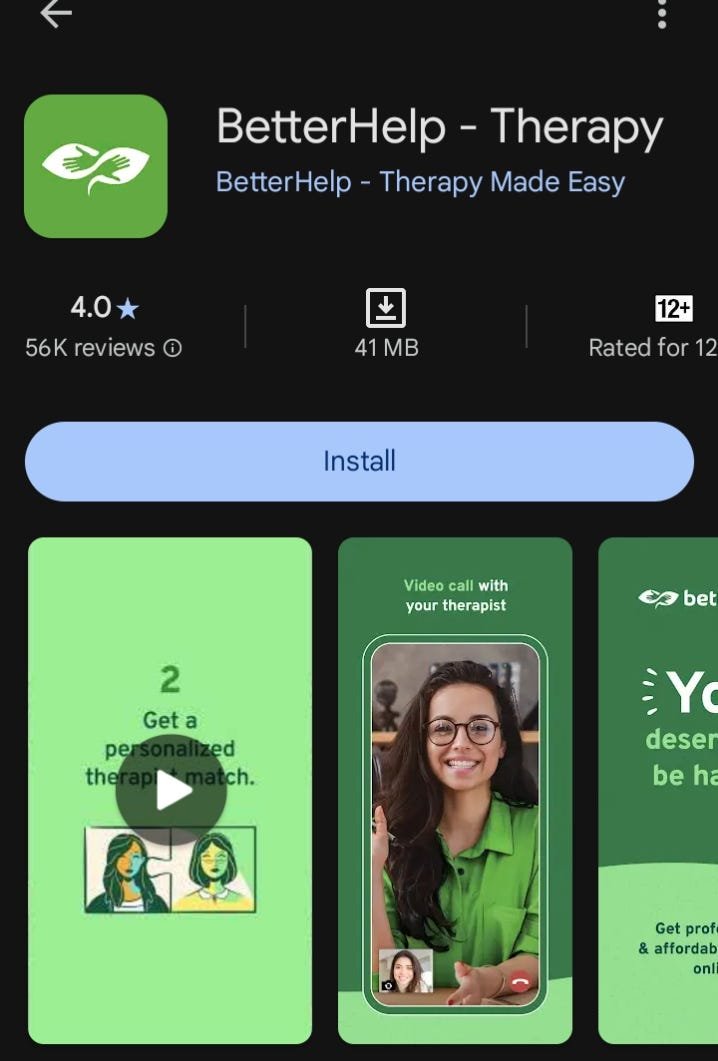In 2025, mental health apps have become integral tools for managing emotional well-being, with the industry projected to reach $8.87 billion. There are now over 20,000 wellness apps available, designed to assist users in coping with stress, anxiety, and various mental health challenges.
These mobile applications provide diverse features including guided meditation, mood tracking, cognitive behavioral therapy (CBT) exercises, and virtual therapy sessions. Popular apps like Headspace, Calm, and BetterHelp have attracted millions of users worldwide, appealing to those seeking accessible, affordable support.
Traditionally, barriers such as cost, stigma, and limited access hindered many individuals from seeking mental health treatment. Statistics reveal that 75% of people with mental health conditions do not receive the help they need. In contrast, mental health apps offer a solution by providing private, on-demand support that can be accessed anywhere at any time.
In the United States, where 25% of adults encounter mental health issues, platforms like Wysa utilize AI-driven chatbots to deliver emotional support. These tools allow users to engage in self-help strategies and receive immediate feedback, making mental health care more approachable.
The rise of these applications signifies a shift in how society views mental health, emphasizing the importance of proactive strategies for wellness. As more individuals turn to technology for assistance, the effectiveness of mental health apps continues to be a topic of interest. While many users report positive experiences, it’s essential to consider the varying degrees of effectiveness across different platforms and the importance of integrating these tools with traditional therapy when necessary.
Overall, mental health apps are reshaping the landscape of wellness by breaking down barriers, providing immediate support, and catering to a growing demand for accessible mental health resources.



